When it comes to choosing the perfect tires for your vehicle, the decision can be overwhelming.
That’s why I’m here to help you navigate the Kumho vs Michelin debate.
In this post, we’ll delve into the rich histories of these renowned tire brands and closely examine their performances in dry, wet, and snow conditions.
We’ll also analyze their mileage warranties, average lifespan, prices, and weigh the pros and cons.
By the end, you’ll have a clear answer on which brand reigns supreme.
Let’s dive in!
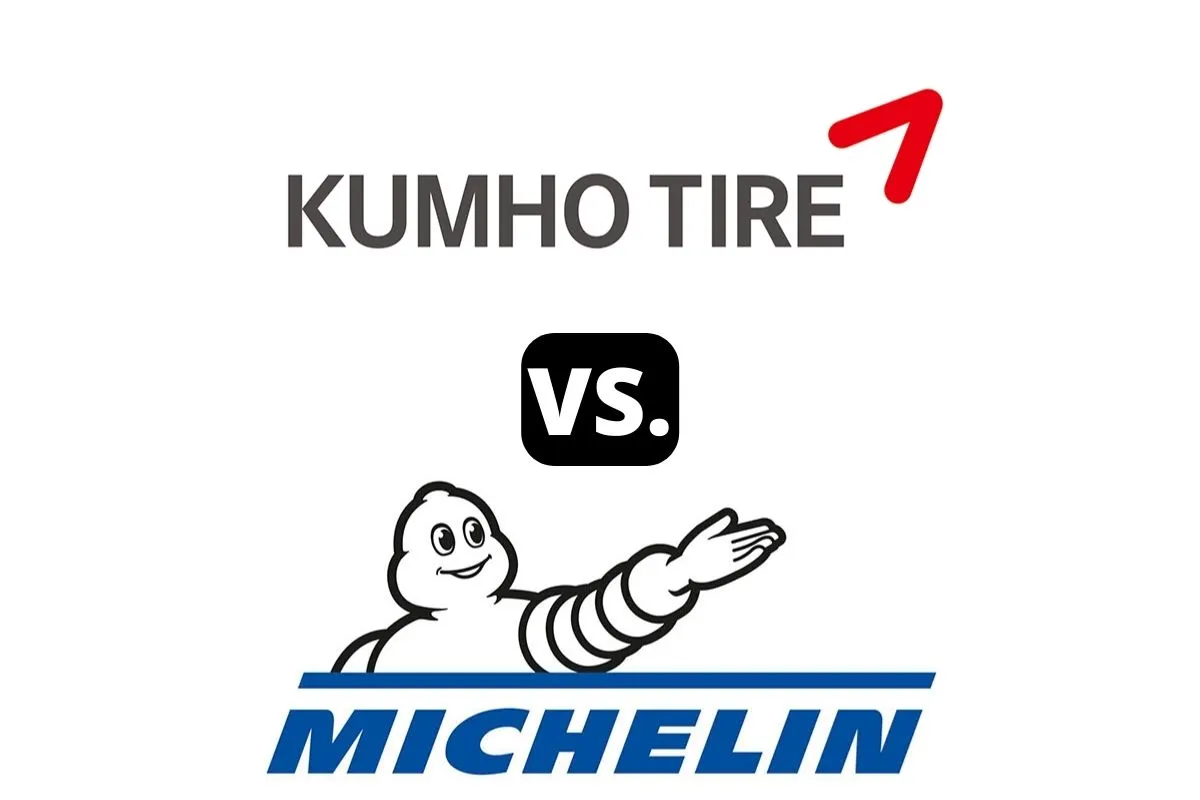
Kumho vs Michelin – Comparison Table
| Kumho | Michelin | |
| Country of Origin | South Korea | France |
| Year Founded | 1960 | 1889 |
| Made In | South Korea, or in China or Vietmnam | Canada, France, Germany, Spain, and the United States |
| Parent | Doublestar (China) | Compagnie Générale des Établissements Michelin SCA (France) |
About the Brands

1. Kumho
Kumho Tire is a renowned tire brand founded in 1960 in South Korea. It is a subsidiary of the Chinese tire conglomerate Doublestar.
The company has a rich history of innovation and excellence in the tire industry.
Over the years, Kumho has established itself as a global leader, providing high-quality tires for various vehicles.
Since its inception, Kumho has focused on research and development to create cutting-edge tire technologies.
They have continuously invested in improving performance, safety, and environmental sustainability.
The brand’s commitment to quality has earned them recognition and numerous awards.
Kumho’s tire range covers a wide spectrum of applications, including passenger cars, SUVs, trucks, and racing vehicles.
They offer a diverse selection of tires known for their durability, traction, and excellent handling capabilities.
With a strong global presence, Kumho has built a reputation for delivering reliable and innovative tires that meet the needs of drivers worldwide.
Mostly Known for Manufacturing Tires For:
- Passenger cars
- High-performance cars
- SUVs (Sport Utility Vehicles)
- Crossovers
- Light trucks
2. Michelin
The Michelin brand has a rich history that dates back to its founding in 1889 in France.
Originally established by the Michelin brothers, André and Edouard, the company quickly gained recognition for its innovative tire designs.
Over the years, Michelin has become synonymous with excellence in the tire industry.
It has pioneered numerous advancements, including the first removable pneumatic tire, the radial tire, and the run-flat tire.
These innovations have revolutionized the automotive industry, enhancing safety and performance.
Michelin’s commitment to quality and durability has earned the brand a reputation for producing high-performance tires trusted by drivers worldwide.
As part of the Compagnie Générale des Établissements Michelin SCA, the brand continues to push boundaries, constantly striving for excellence and remaining at the forefront of tire technology.
Today, Michelin remains a global leader in the tire industry, providing a wide range of high-quality tires for various vehicles and applications.
Mostly Known for Manufacturing Tires For:
- Passenger cars
- SUVs (Sport Utility Vehicles)
- Light trucks
- Commercial trucks
- Motorcycles
- Bicycles
- Racing cars
- Aircraft
Differences
1. Dry Performance
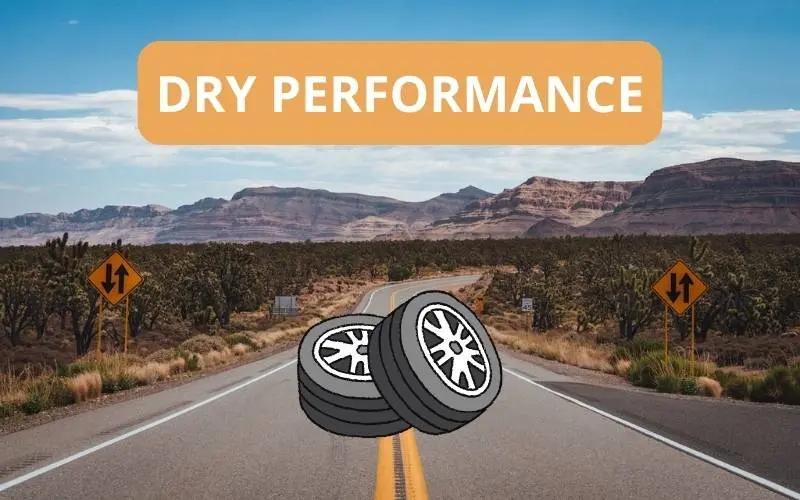
I’m going to compare the performance of two summer tires as they are the ideal type in dry weather.
I’m taking a look at the Kumho Ecsta PS91 vs the Michelin Pilot Sport 4S.
In my analysis, I rate the dry performance of the Kumho Ecsta PS91 at 4.6 out of 5, considering its positive ratings for enhanced grip, quick handling, high-speed durability, and track-inspired performance.
On the other hand, the Michelin Pilot Sport 4S receives a rating of 4.7 out of 5, with exceptional dry grip, precise steering, short braking distances, and endorsements from renowned manufacturers.
While both tires exhibit strong dry performance, the Michelin Pilot Sport 4S slightly edges out the Kumho Ecsta PS91.
2. Wet Performance
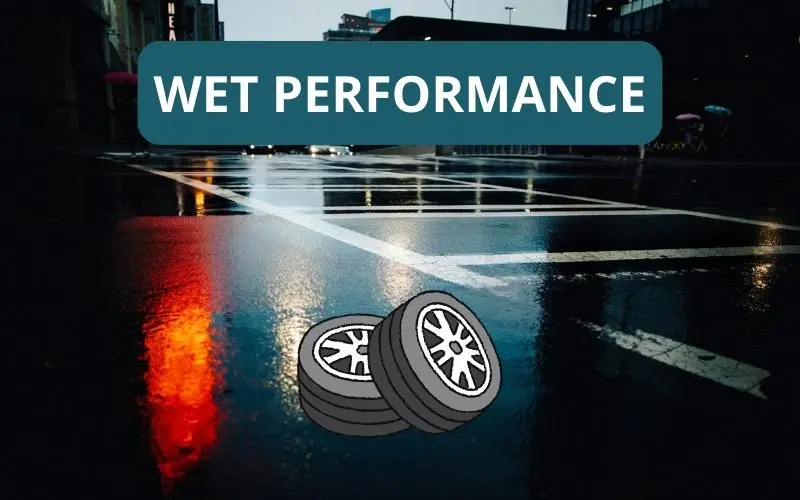
For the wet performance, I’ll be comparing the Kumho Solus TA71 vs the Michelin Pilot Sport All Season 4.
In my evaluation of the Kumho Solus TA71 and the Michelin Pilot Sport All Season 4 tires, I rate their wet performance differently.
The Kumho Solus TA71 receives a rating of 4.1 out of 5, indicating somewhat reliable wet traction with mixed reviews.
On the other hand, the Michelin Pilot Sport All Season 4 achieves a rating of 4.4 out of 5, suggesting good wet traction and grip.
Therefore, based on my research, the Michelin Pilot Sport All Season 4 emerges as the superior tire for wet performance.
3. Snow Performance
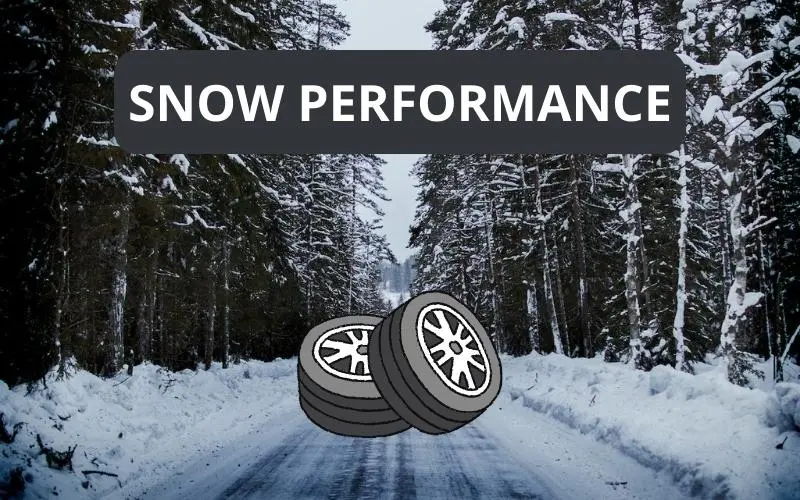
We all know that you need dedicated winter tires if you’re going to be driving on harsh winter conditions.
That’s why I’ll be comparing the snow performance of two specialized winter tires – Kumho WinterCraft WP71 vs Michelin X-Ice Xi3.
In my evaluation of snow performance, I would rate the Kumho WinterCraft WP71 at 4.4 out of 5.
It impresses with its uniform block design, premium touring winter tire classification, and directional tread pattern, ensuring good handling and stability.
As for the Michelin X-Ice Xi3, it achieves a slightly higher rating of 4.6.
Its exceptional grip, hydroplaning resistance, long-lasting performance, V-shaped tread pattern, and Flex-Ice tread compound contribute to its strong snow performance.
Therefore, the Michelin X-Ice Xi3 emerges as the winner, albeit by a narrow margin, in terms of snow performance.
4. Mileage Warranty and Tread Life
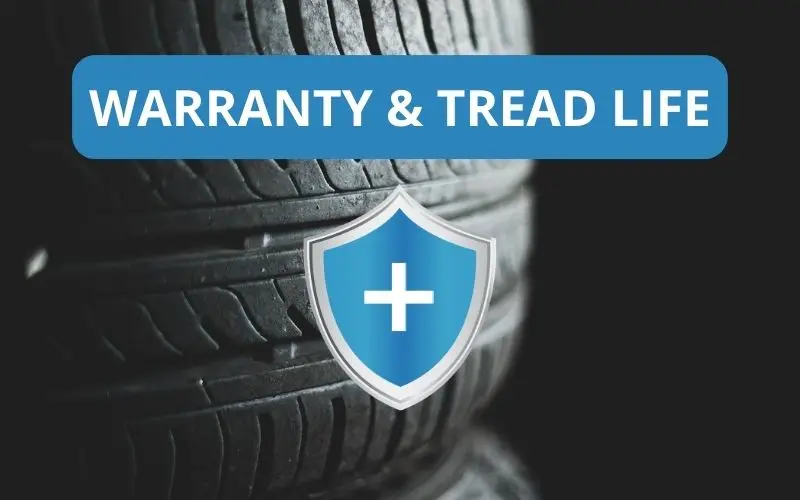
| Kumho | Michelin | |
| Treadwear Warranty | Replacement for unserviceable tires with more than 2/32″ tread remaining | up to 90,000 miles tread life warranty |
| Average Tread Life | Kumho tires are known for their long-lasting performance, with most of their tires lasting from 60,000 to 80,000 miles. | Michelin tires are designed to last between 45,000 to 85,000 miles on average. |
After conducting my research, I found that there are some differences in the mileage warranty and average lifespan of Kumho and Michelin tires.
Kumho tires offer a treadwear warranty that covers replacement for unserviceable tires with more than 2/32″ tread remaining.
On the other hand, Michelin tires come with a tread life warranty of up to 90,000 miles.
In terms of average lifespan, Kumho tires generally last between 60,000 to 80,000 miles, while Michelin tires are designed to last anywhere from 45,000 to 85,000 miles.
5. Prices

In this section, I’ll be taking a look at the price ranges of both tire brands – Kumho vs Michelin.
I’ll be using one of the biggest tire and wheel retailers in the US for this comparison – Discount Tire.
Here is a comprehensive table that showcases each brand has to offer:
| Kumho | Michelin | |
| Average Price Range (Discount Tire) | $54 to $550 /ea | $112 to $1,160 /ea |
| Cheapest Tire (Discount Tire) | Solus TA11 goes from $54 – $158 /ea | X-ICE Snow goes from $112 – $493 /ea |
| Most Expensive Tire (Discount Tire) | Road Venture MT71 goes from $222 – $550 /ea | Pilot Sport 4S goes from $236 – $1,160 /ea |
6. Pros and Cons
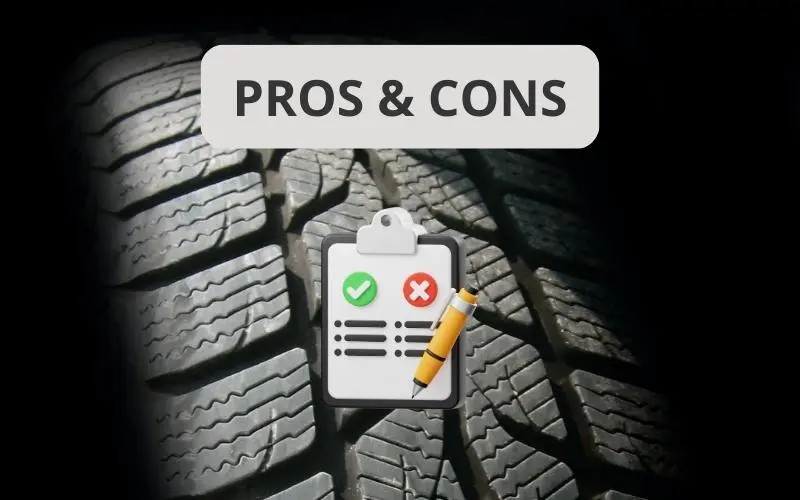
Kumho
| Pros | Cons |
| ✔ They can last a long time aka their tread life is amazing | ❌ Limited market presence |
| ✔ Good value for money | |
| ✔ They offer good performance |
Michelin
| Pros | Cons |
| ✔ Probably the most reputed brand in the industry | ❌ Some of their tires can get very expensive |
| ✔ Michelin tires are known for their high quality and durability | |
| ✔ Their tires are equipped with advanced technologies that provide maximum fuel-saving, noise reduction, and performance |
7. Popular Tires

Here are some notable tires from Kumho:
- Ecsta PS31
- Solus TA71
- Road Venture AT51
Some of Michelin’s best tires are shown below:
- Pilot Sport 4S
- Defender T+H
- Premier A/S
Which Is the Better Brand Overall?

Based on the analysis of dry performance, the Michelin Pilot Sport 4S slightly outperforms the Kumho Ecsta PS91.
In terms of wet performance, the Michelin Pilot Sport All Season 4 is superior to the Kumho Solus TA71.
For snow performance, the Michelin X-Ice Xi3 narrowly edges out the Kumho WinterCraft WP71.
Additionally, Michelin offers a higher mileage warranty and is known for its high quality and durability.
Therefore, taking all factors into consideration, Michelin emerges as the better pick overall.